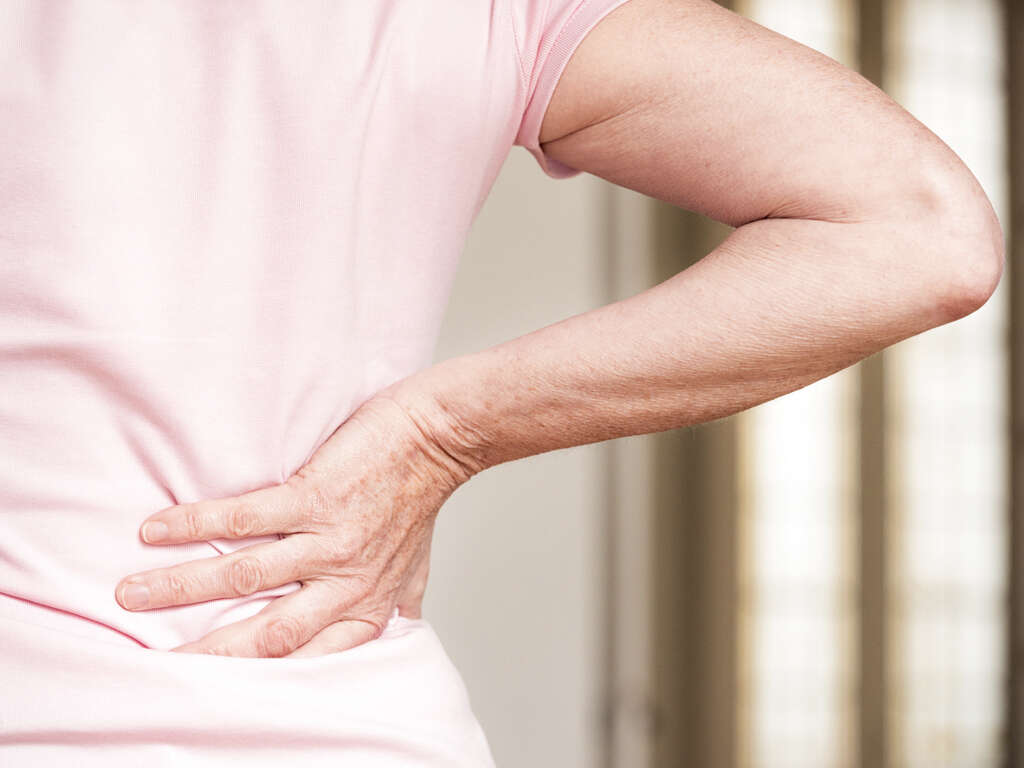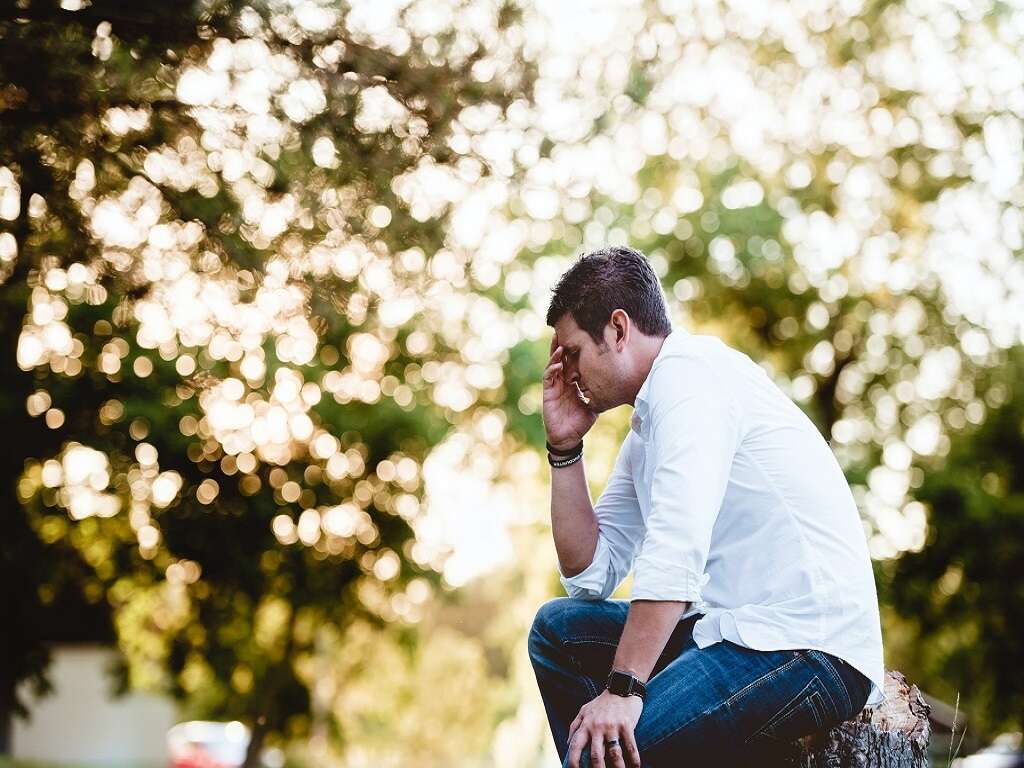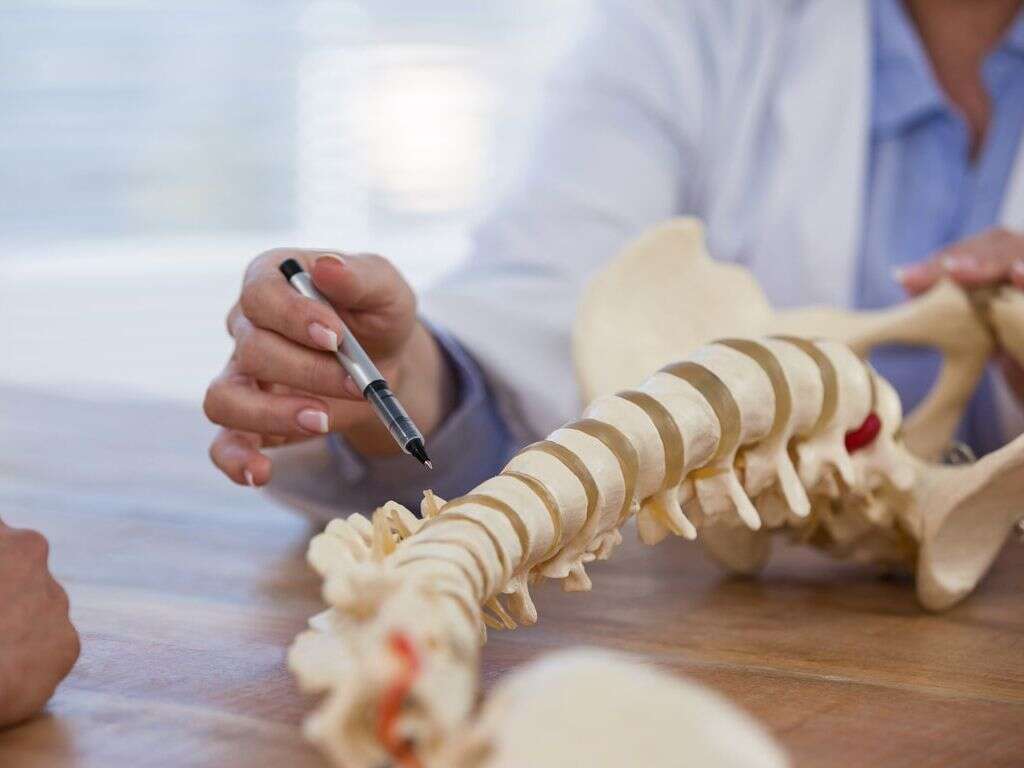What Is Cervical Stenosis?
The importance of a healthy spine cannot be underestimated. Our spine helps to give us support and flexibility, and moving around would be all but impossible without it. Our spine also plays an important part in our central nervous system as it helps to protect the spinal cord.
If we were to develop a problem with our spine then we will soon know about it. It can affect us in a number of different ways, and it can have an impact on our entire body. One such condition is cervical stenosis, and it can have a profound impact on the patient’s quality of life.
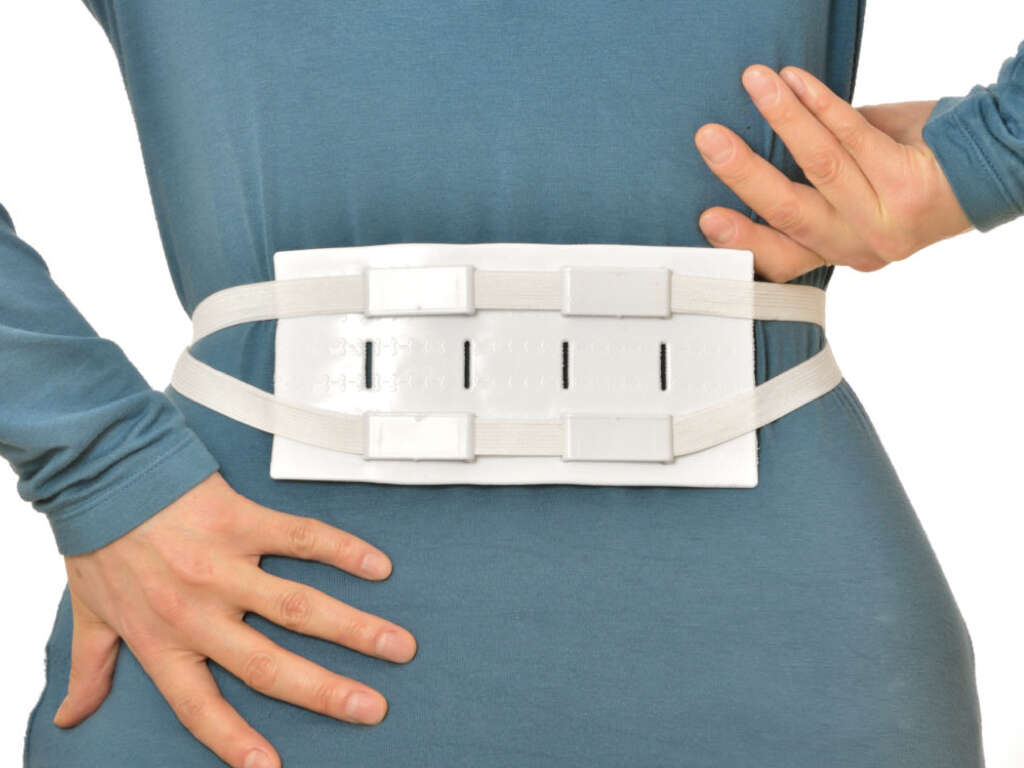
1. Spinal Canal
Running through the center of our spines is a canal known as the spinal canal. This canal is a passageway that contains the spinal cord. This is a bundle of nerves that travels from the brain down to toward the bottom of the spine. Along with the brain, the spinal cord is an important part of our central nervous system.
Damage to the spinal cord can be very harmful to us, so thankfully, it is protected by the spine that surrounds it. While the spinal canal will usually help to keep the spinal cord safe, the space can sometimes become too narrow. This can result in a condition known as cervical stenosis, and it can result in some very unwelcome symptoms.
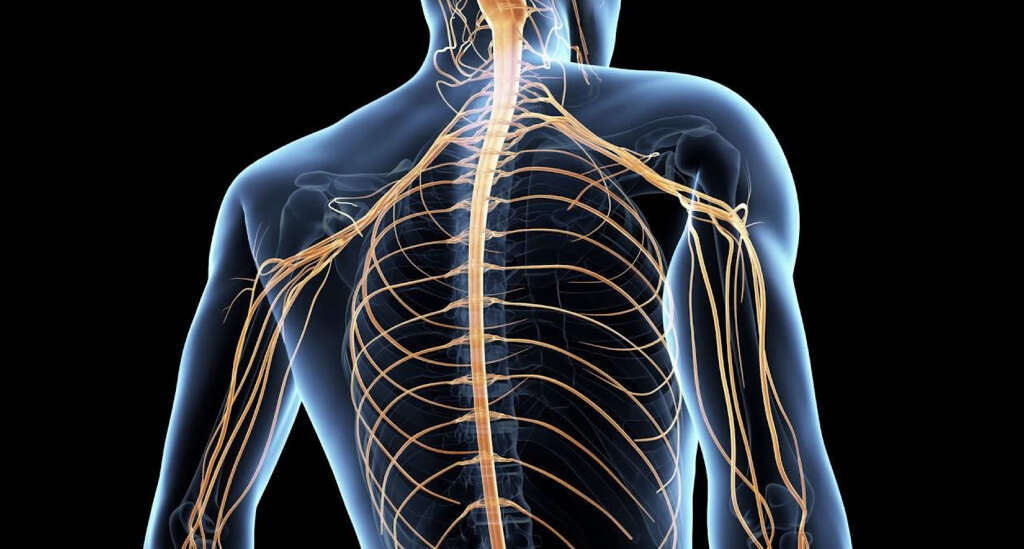
2. Spinal stenosis
Spinal stenosis is a condition where the space within the spine becomes too narrow. As this happens, it can put a lot of pressure on the spinal cord, and this can be very problematic for patients with the condition. The condition usually occurs in the patient’s neck, or in the lower part of their back.
The severity of the condition can vary from person to person, depending largely on how narrow the spinal canal has become. It is a condition that will need to be addressed, and the condition can lead to permanent damage. Surgery may be deemed necessary in some cases.
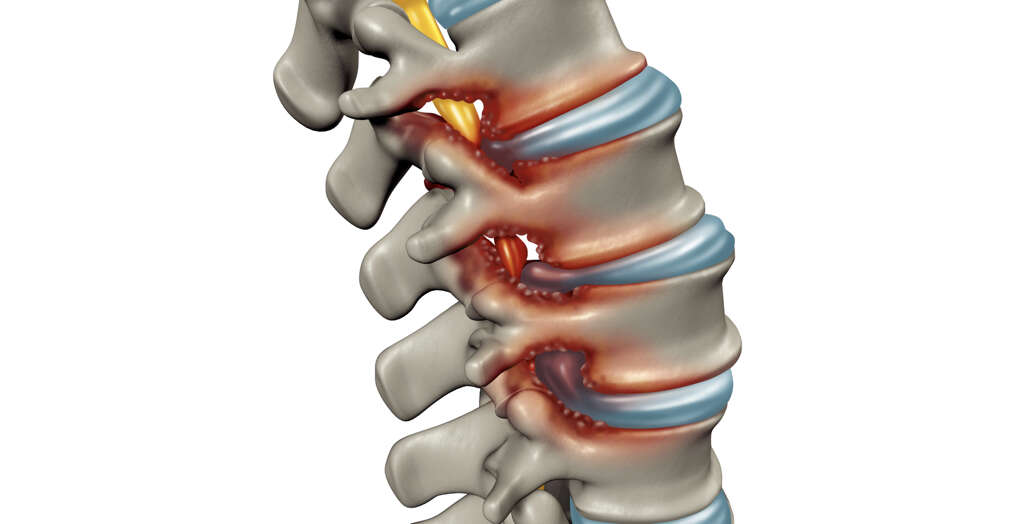
3. Two Types
Spinal stenosis can be broken down into two main categories. One of these is lumbar stenosis, which means that the condition is affecting the lower part of the patient’s spinal cord. The other type of spinal stenosis is cervical stenosis, which means that it is the part of the spine located in the patient’s neck that is affected.
Patients can find the symptoms of spinal stenosis will affect different parts of their body according to which type they have. In cases of cervical stenosis, it tends to be the patient’s neck that is affected, although symptoms are experienced elsewhere also.

4. Herniated Disks
Our vertebrae are each separated by a type of cushioning disk. These help to cushion the forces placed on the spine and prevent each vertebra from coming into direct contact with the others. These disks can dry out as time goes by and this can cause them to become brittle.
This can cause the exterior of the disk to crack, allowing the softer interior to be forced out through the crack. A herniated disk is a relatively common condition and it can be very uncomfortable for patients that have it. This can cause a number of unwelcome symptoms for the patient. One of which is cervical stenosis.
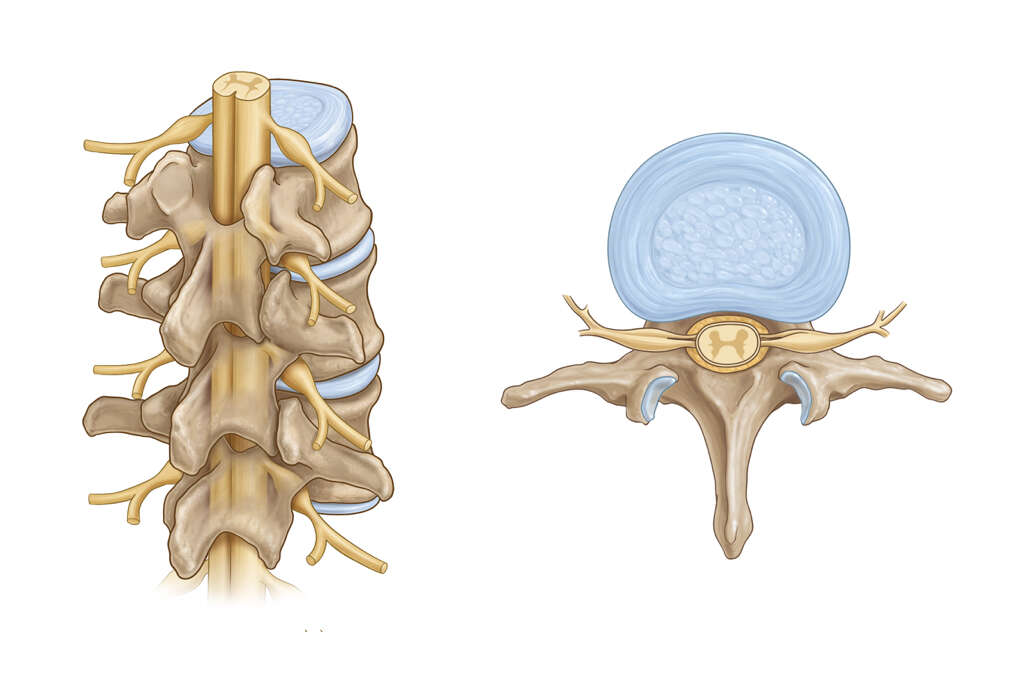
5. Spinal Injuries
Although they are fairly well protected by our torsos, our spines are not impervious to damage, and accidents can cause damage to the spine. The vertebrae can become fractured which may cause the cervical canal to become narrower.
Some patients might also experience such complications after surgery on their spine if the surgery has resulted in swelling within the canal. Another relatively common cause is whiplash, which tends to happen in road traffic accidents. Regardless, injuries of the spine are potentially very dangerous and should be treated as such.
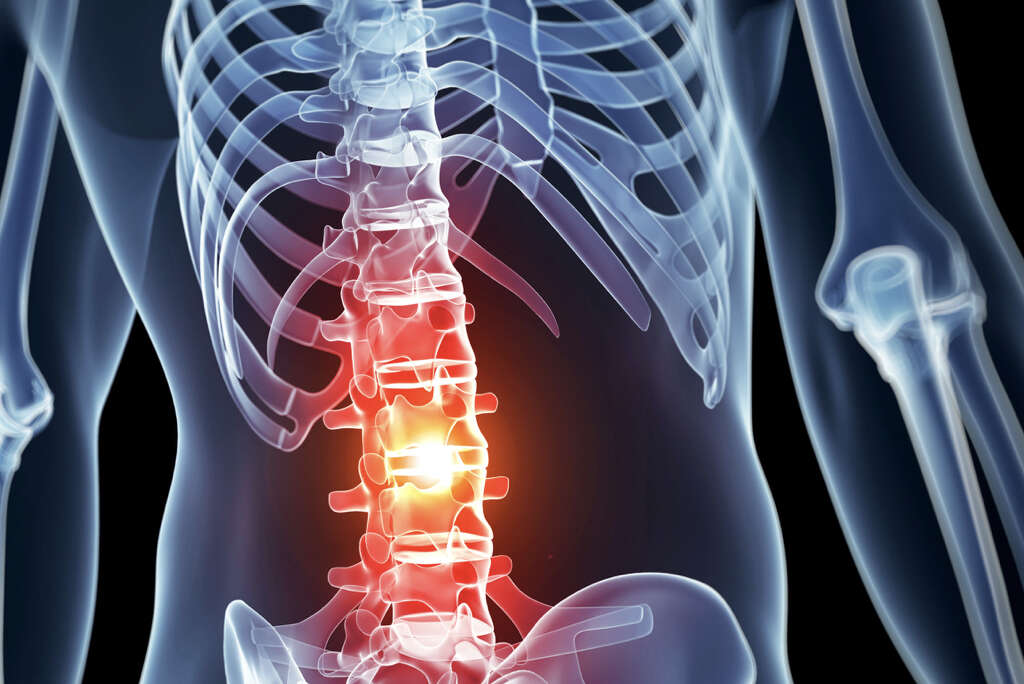
6. Paget’s Disease
Paget’s disease is a condition that affects the natural process of new bone replacing old bone. Over time, it can cause problems like misshapen bones and fragile bones that break more easily than healthy bones do. Under some circumstances, these conditions can result in cervical stenosis.
Another cause is bone spurs. These are growths that can arise due to the way the body replaces bone that is lost through wear and tear. Bone spurs are growths of bone that project from the main bone. The spurs can irritate and damage surrounding tissues, and are sometimes a cause of cervical stenosis.

7. Tumors
A tumor is an abnormal growth of bodily tissues. They can be found anywhere in the body, including in the spine. Tumors can be cancerous, but most are thankfully not. A tumor can still cause problems if it is not cancerous, however, because they can grow to a point where they begin to interfere with the surrounding tissues.
Some of the conditions that tumors cause can be quite serious, and a tumor can lead to cervical stenosis if they occur inside the spinal canal. These are thankfully quite rare and it will often need a CT or MRI to find them.
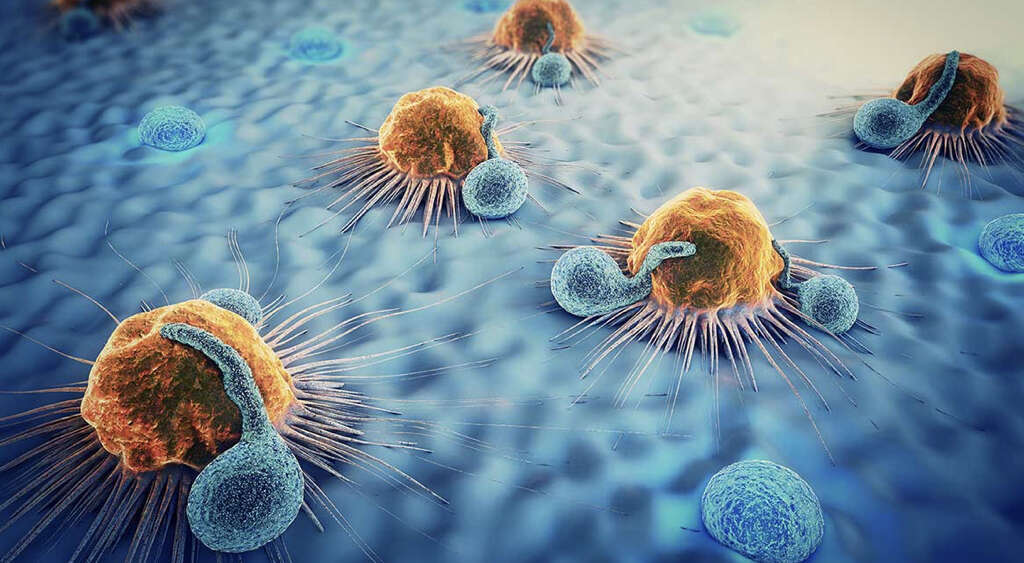
8. Ligament Thickening
Our vertebrae, as with other bones and parts of the body, are held together with ligaments. These are tough sinewy ‘strings’ that help to tie different body parts together. They are made from tough stuff, but even they can become thick and stiff over the years from excessive use.
As the ligaments become increasingly thicker, so they can begin to take up more space in the spinal canal. When this happens, they can begin to put pressure in the spinal cord within, thus resulting in cervical stenosis. Surgery may be deemed necessary in order to cure the condition in some instances.
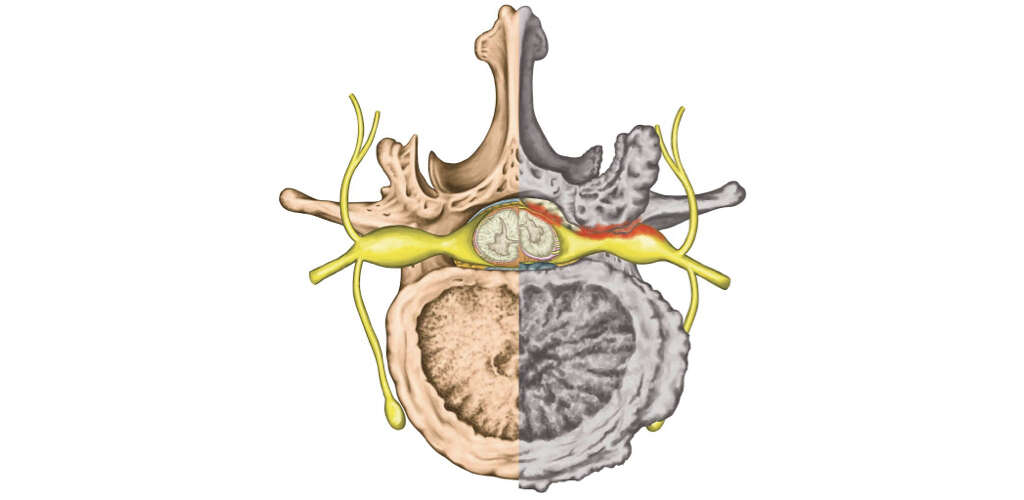
9. Symptoms
Cervical stenosis doesn’t always cause symptoms. When it does, however, they will usually start off very mild. As the condition worsens, so the patient’s symptoms will also get gradually worse. In cases of cervical stenosis, the symptoms will tend to be focused around the neck area.
The condition can cause pain in the neck and elsewhere. As nerves travelling to other parts of the body become compressed, so the patient will begin to feeling tingling and other sensations in their feet, hands, and limbs. It can cause problems with walking, while it can also cause bowel and bladder dysfunction in the more severe cases.
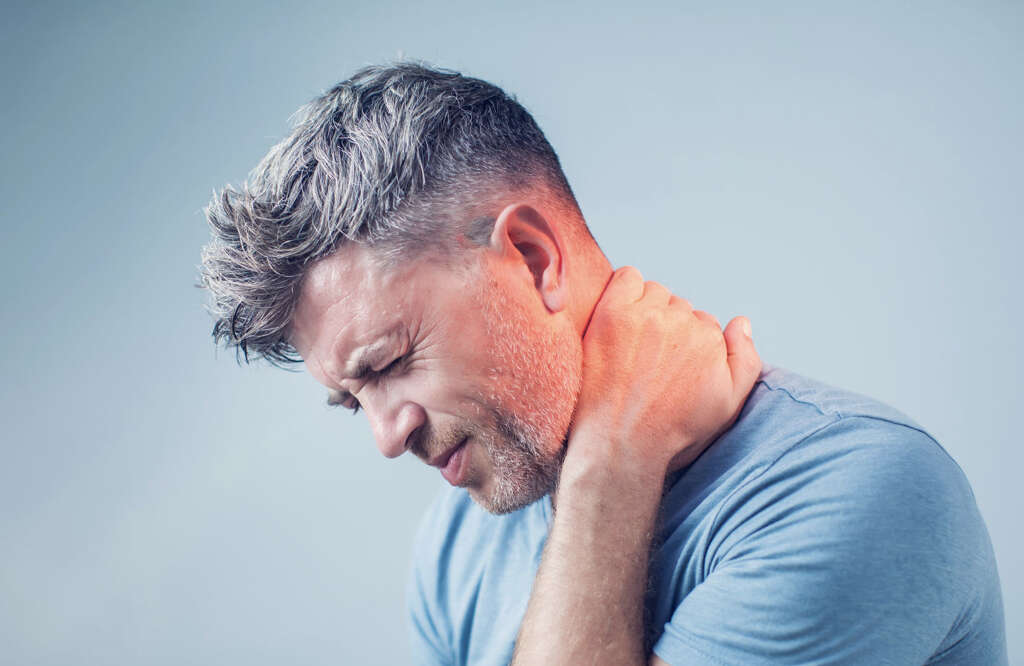
10. Treatment
Many patients with cervical stenosis will be prescribed pain killers to help make them more comfortable. This can mean anything from ibuprofen and other over the counter options, to anti-seizure drugs, anti-depressants, and opioids. It is necessary to be careful when using certain painkillers because they can be addictive.
Other people might need to undergo decompression procedures, depending on the cause. Steroid injections are also necessary in some cases. Physical therapy is often also necessary, while surgery may be deemed necessary in a lot of other cases. Surgery tends to involve removing parts of vertebrae to help relieve the pressure.










